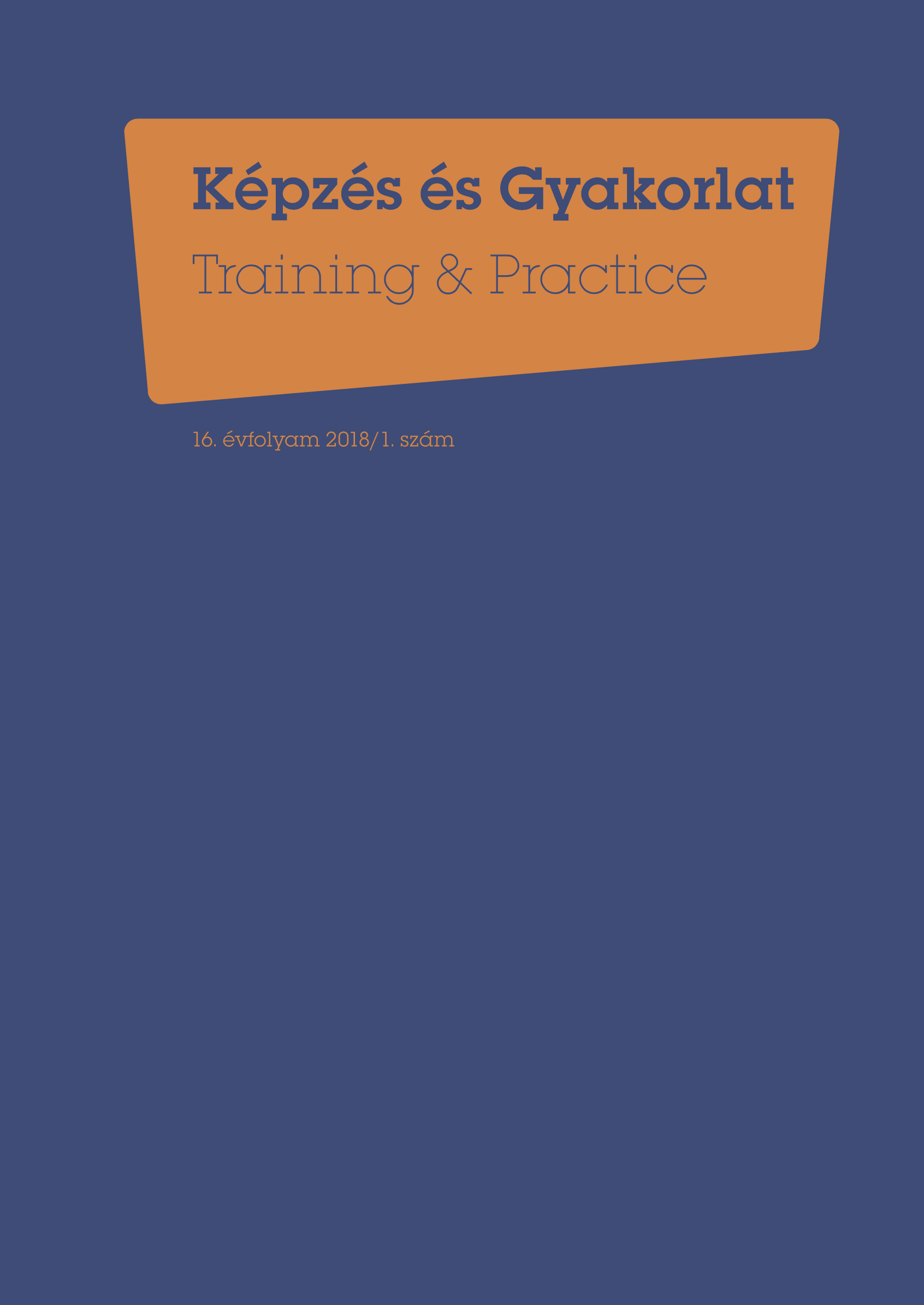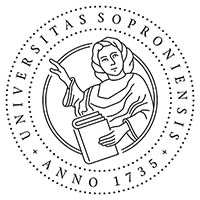A meggyőző beszéd a retorikában és a mesében
DOI:
https://doi.org/10.17165/TP.2018.1.2Resumen
Bár a retorikai és a mesei beszédmód eredendő szituációja hasonlóságokat is mutat (a beszélő és hallgatóság kölcsönös figyelme, a beszéd esztétikai formáltsága), de írásomban arra vállalkozom, hogy a kétféle beszédmód különbségét értelmezzem a meggyőzés összefüggésében. A retorika esetében mindez bizonyos alakzatok tudatos alkalmazását jelenti, mellyel a kívánt hatást lehet elérni a hallgatóságban. A meggyőzés alapja itt a valószínűség elfogadtatása. A mese pedig a megértés hermeneutikai folyamatában képződő jelentésfeltárulásként értelmezhető, amely egyenrangú belevonódást feltételez a beszélő és a hallgató részéről egyaránt. Ebben az esetben a beszéd a nyelv világszerű jelenlétét testesíti meg. Következtetésem, hogy a meggyőzés e kétféle módja az esztétikai hatáskeltés és az esztétikai megismerés mélyebb különbségeivel függ össze.
Referencias
Aczél, P. (2012). Médiaretorika. Magyar Mercurius.
Arisztotelész (1982): Retorika. Gondolat Kiadó.
Biczó, G. (2006). A mese hermeneutikája, In: Bálint Péter (Szerk.), Közelítések a meséhez, (pp. 9–32). Didakt Kiadó.
Derrida, J. (2003). Az idő adománya. Gond-Palatinus.
Foss, S. – Griffin, C. (1995). Beyond Persusasion: A Proposal for an Invitational Rhetoric. Communication Monographs, 62(1), 2–18. DOI: https://doi.org/10.1080/03637759509376345
Gadamer, H.-G. (1984). Igazság és módszer. Akadémiai Kiadó.
Gadamer, H.-G. (1994). A szép aktualitása. T-Twins Kiadó.
Nietzsche, F. (1997). Retorika. In: Thomka Beáta (Szerk.), Az irodalom elméletei IV. (pp. 5–50). Jelenkor Kiadó.
Descargas
Publicado
Número
Sección
Licencia
Derechos de autor 2018 Molnár Csilla Phd egyetemi docens

Esta obra está bajo una licencia internacional Creative Commons Atribución-NoComercial-SinDerivadas 4.0.








